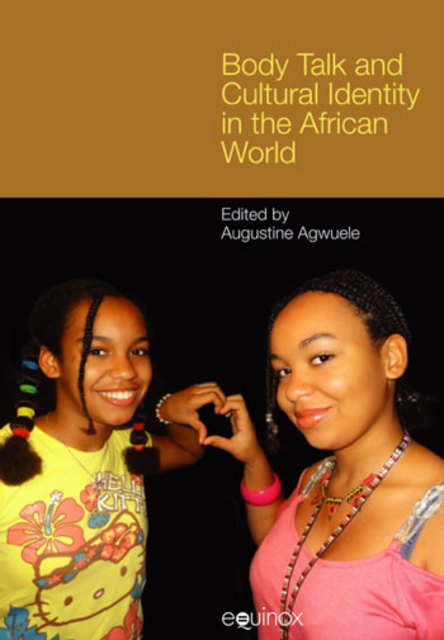Agwuele/Body Talk, Introduction. Non-verbal communication

Full description
We adopt a holistic view to nonverbal signals, not minding theoretical distinctions that could be raised between verbal and nonverbal signals, either as speech or speech accompaniment. Thus “it [probably] makes no sense to speak of ‘verbal communication’ and ‘nonverbal communication’” according to Kendon (1972). We find that it is obsolete and misleading to hold on to the classification of communication either as “verbal” or “nonverbal,” as there is no doubt that we communicate with words and without them. In fact Kendon (1980) and McNeill (1992) provide strong evidence to suggest that verbal and nonverbal speech-forms are two surface expressions of a single underlying thought. For Birdwhistell (1970: 127) these two modalities are “alloforms,” by which he means that they are structural variants of each other. The interrelationship of these modalities was further underscored when McQuown (1971: 19) concluded that “It is after all, only an historic accident … that linguists study data which can be heard, while the kinesicist studies data which can be seen. That the scientists have become specialized in this particular way does not indicate a fundamental separateness between the modalities in the stream of communication.” The collected essays exploit these two modalities – in other words, the unitary mode of expressing language – to (1) document their diversity within the African world, (2) explore their usages across sociocultural institutions such as politics, religion, economics, identity and representation, and (3) to shed light on the psychological workings of language and their cultural ties with respect to perception as well as cultural dynamics, e.g., change.
The basic issues guiding the discourse are: What information or messages do people communicate nonverbally when they interact; to what purpose are those messages; and how are they communicated? The 10 chapters are thematically sorted into two parts. The chapters collectively sample different African cultures to document the nonverbal signals that are variously employed to achieve different societal goals. They explore the various ways in which people act and speak without words, in order to understand the different usages and roles, the coding of messages and the culture-specific patterns of meaning that are recovered from them within the context of their occurrences. Nonverbal signals are invaluable to the politics of visual perception, and to the quest for justice and democracy. They underscore the human need to establish and maintain status, they provide insights into the religious underpinning of morality and character, and they are important in retracing ethnicity and sustaining memory and continuity of identity in the diaspora. We find that people are the same everywhere, as they are worked upon by culture and in turn influence their own culture to sustain those values they consider fundamental and inalienable.
- typeImage
- created on
- file formatjpeg
- file size37 KB
- container titleBody Talk and Cultural Identity in the African World
- creatorAugustine Agwuele
- isbn9781781793107 (eBook)
- publisherEquinox Publishing Ltd.
- publisher placeSheffield, United Kingdom
- rightsEquinox Publishing Ltd.
- doi
We use cookies to analyze our traffic. Please decide if you are willing to accept cookies from our website. You can change this setting anytime in Privacy Settings.
